Forest soils that retain water are crucial for the landscape’s resilience against climate change.
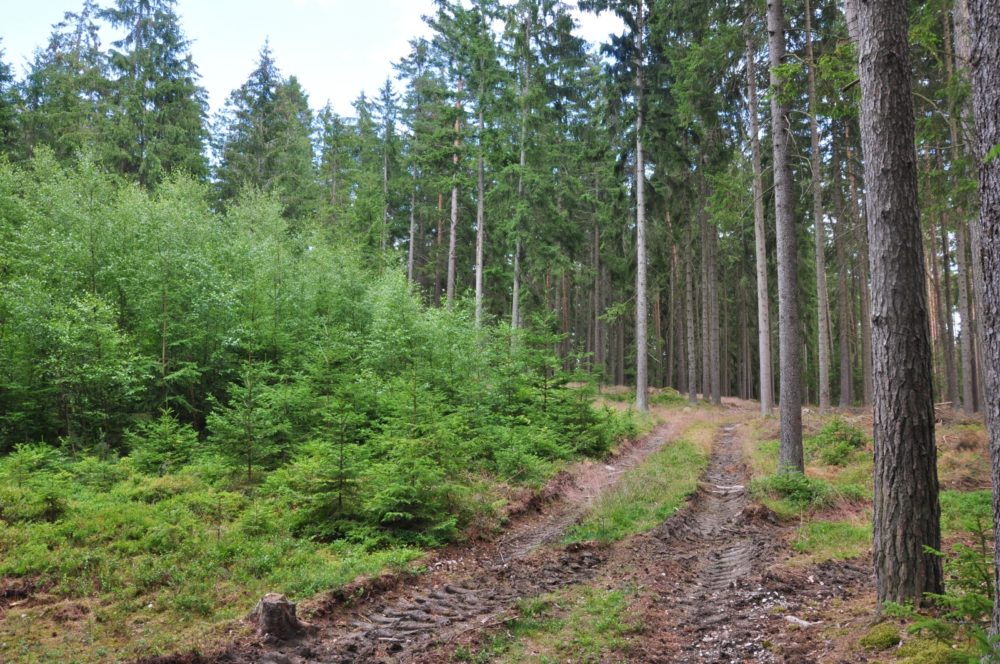 Soil water is an irreplaceable medium in the formation of the soil and for the physiology of living organisms. Water occurs in soil in various states, which shape its hydro physical properties and thus influence all ecosystem functions of forests. However, their development, including the relationships between chemical and physical properties, is influenced and changed by the way the landscape is used.
Soil water is an irreplaceable medium in the formation of the soil and for the physiology of living organisms. Water occurs in soil in various states, which shape its hydro physical properties and thus influence all ecosystem functions of forests. However, their development, including the relationships between chemical and physical properties, is influenced and changed by the way the landscape is used.
The dependence of soil hydro physical properties on chemical properties has so far only been characterized for agricultural land in the form of pedotransfer functions.
(The term “pedotransfer function” expresses a general summary of procedures intended for the indirect description of the hydro physical properties of soils, using commonly determined soil characteristics, such as grain size, bulk density, humus content, or others.)
Currently, transfer functions for forest soils have not been developed for large areas that cover complex landscapes. However, it is important to note that the soil conditions of forests have a significant impact on the adaptability of the cultural landscape to changes in management or regional climate change.
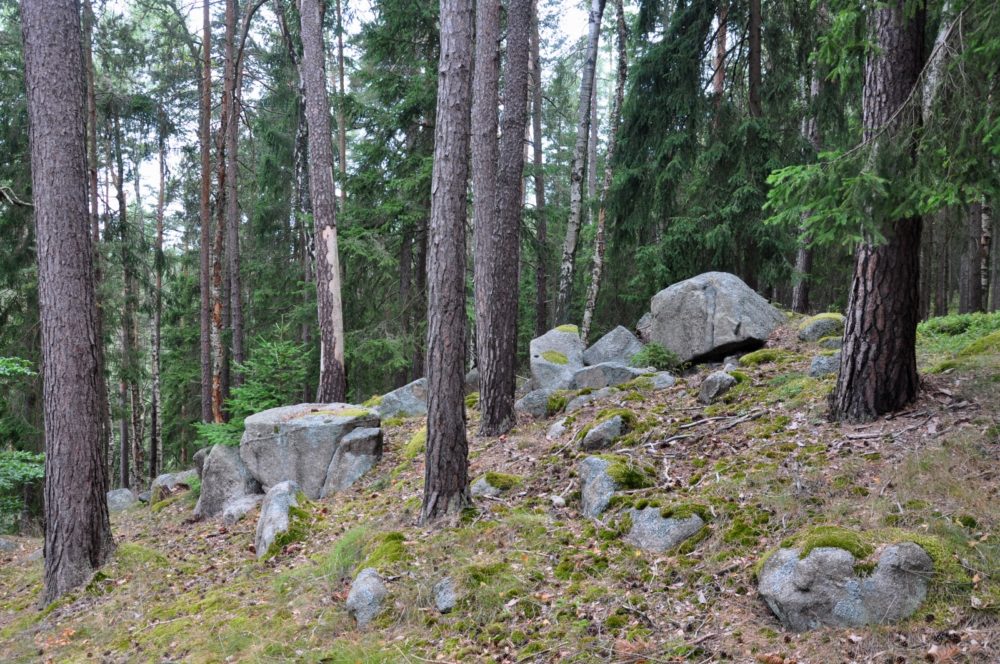 A team of scientists from Mendel University in Brno addressed this matter and shared their findings in the paper titled “The Water-Holding Capacity of Forest Soil Hydric Groups in the Czech Republic” (Vododržnost hydrických skupin lesních půd v České republice) published in the Reports of Forestry Research (Zprávy lesnického výzkumu) No. 2/2023.
A team of scientists from Mendel University in Brno addressed this matter and shared their findings in the paper titled “The Water-Holding Capacity of Forest Soil Hydric Groups in the Czech Republic” (Vododržnost hydrických skupin lesních půd v České republice) published in the Reports of Forestry Research (Zprávy lesnického výzkumu) No. 2/2023.
The average liquid water content in hydromorphic mineral soils is 20-30%, with soil air usually having a relative humidity exceeding 99%.
Water containing dissolved salts, organic substances, and colloidal particles enters the soil via precipitation or slope infiltration.
The development of hydromorphic soils occurs when groundwater infiltrates and is replenished by lateral inflow near water sources.
Soils exposed to a lack of precipitation or a low water level depend on the condensation of water vapour in the pores. Losses of soil water occur through evaporation, runoff, or root desiccation.
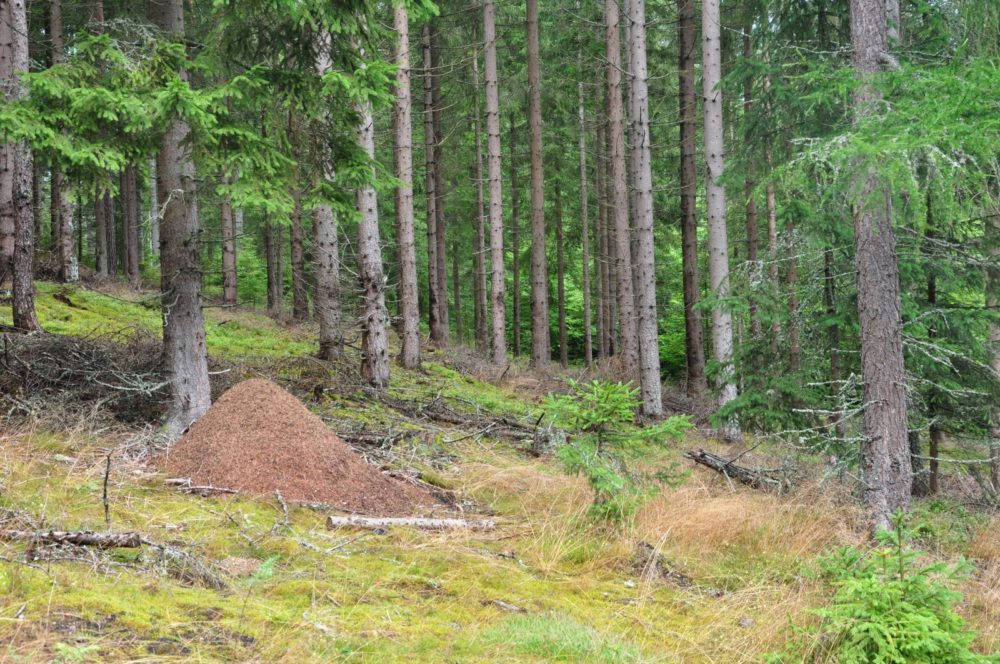 Soil prevents immediate water loss through sorption or cohesion. Sorptive and cohesive (capillary) forces divide the occurrence of soil water into unstable forms that pass between them. Soil sorption conditions the appearance of hygroscopic and envelope water, while cohesion conditions the appearance of capillary water.
Soil prevents immediate water loss through sorption or cohesion. Sorptive and cohesive (capillary) forces divide the occurrence of soil water into unstable forms that pass between them. Soil sorption conditions the appearance of hygroscopic and envelope water, while cohesion conditions the appearance of capillary water.
Soil water content can be characterized by hydro physical properties, which can be static or dynamic. The hydrostatic concept refers to the water balance in the soil, while the hydrodynamic concept refers to the movement of water. The soil water balance is the ratio of water inputs and outputs in the soil per unit of time.
The soil water holding capacity denotes the maximum amount of water that the soil can store.
The water retention in soil affects its overall water balance through a series of hydro limits that are categorized based on the predominant forms of soil water. These moisture values are known as soil hydro limits and indicate the relationships between different properties of the soil phases.
Soil moisture has two phases, basic and applied, which affect water retention and plant growth. Basic hydro limits are used to evaluate the water potential of soils, while applied hydro limits are used to assess soil moisture variability. These hydro limits are important for evaluating the water balance of forests.
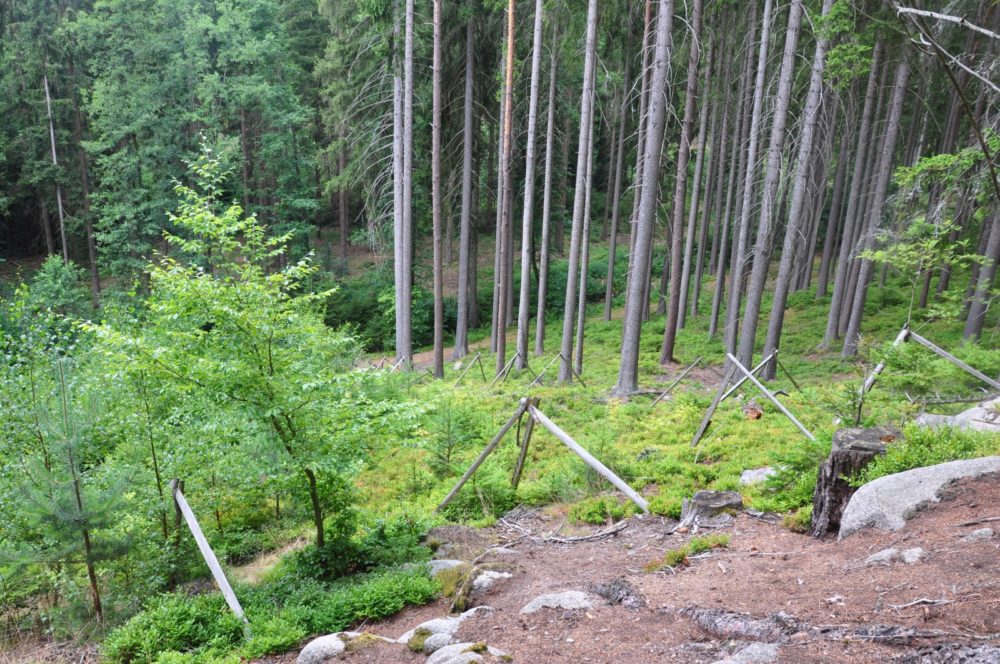 When evaluating water potential in forest soils, the focus is typically on soil types that are related to water, and on the regionalization of hydrographs.
When evaluating water potential in forest soils, the focus is typically on soil types that are related to water, and on the regionalization of hydrographs.
The spatial distribution of evapotranspiration is used to derive the hydrographic regionalization of forests. Evapotranspiration in forests varies depending on the types of trees and their density, as well as the altitude and seasonal distribution of atmospheric moisture. Positional factors also play a role, resulting in non-repeatable areas of forest evapotranspiration.
Different amounts of moisture in the environment create distinct areas where water gathers naturally. The elevation and humidity of an area divide the water system into hydrographic regions, which offer specific growth conditions for plant communities. These communities have exceptional adaptability to climate change.
The ability of plants to adapt to climate change depends on the level of moisture in the soil. However, if there are repeated or prolonged droughts, the plant’s transpiration and photosynthesis decrease, which may lead to the plant’s mortality.
Plant communities have the ability to adapt to drought by replacing shallow-spicing species with deeper-spicing ones.
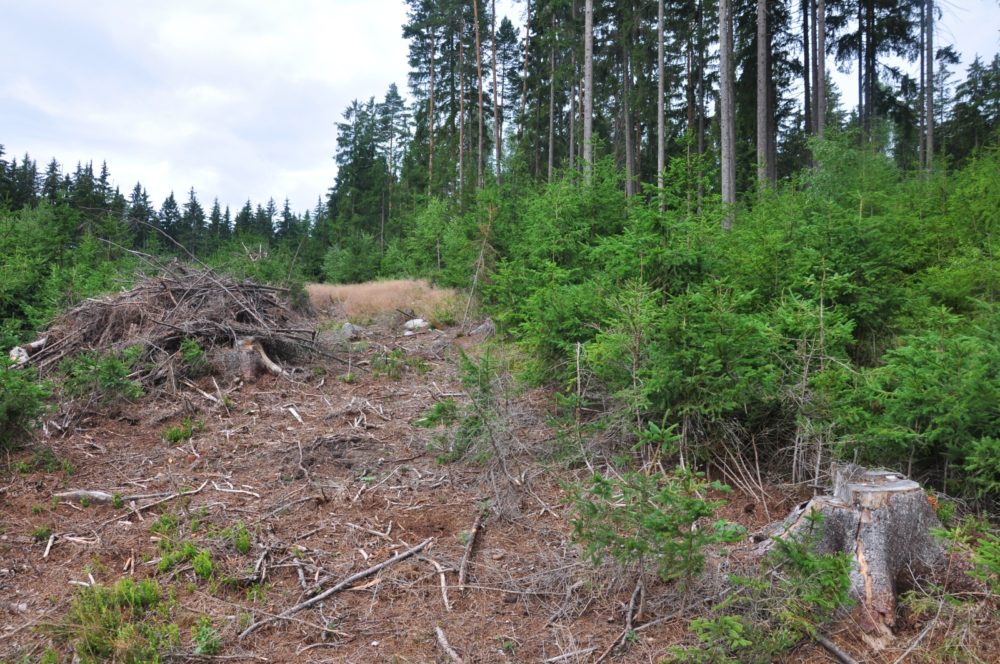 To predict plant adaptability, it is necessary to evaluate the relationship between climate, relief, and rock weathering with soil bulk density, grain size, pH, cation exchange capacity, and carbon content of different soil types.
To predict plant adaptability, it is necessary to evaluate the relationship between climate, relief, and rock weathering with soil bulk density, grain size, pH, cation exchange capacity, and carbon content of different soil types.
The retention of soil water is greatly influenced by the amount of micro pores and colloids that bind water molecules on the surface of their structures.
Therefore, the decrease in water holding capacity due to the loss of soil structure prevents plants from overcoming dry periods.
However, individual soil properties are mainly influenced by the subsoil, which causes soil conditions to be self-organized without significant external forces.
The paper “The Water-Holding Capacity of Forest Soil Hydric Groups in the Czech Republic” (Vododržnost hydrických skupin lesních půd v České republice) can be downloaded here.
Authors of paper: Pavel Samec, Aleš Kučera, Petra Rychtecká, Gabriela Tomášová, Jiří Volánek, Marie Balková, Martin Velek, Aleš Bajer, Mendel University in Brno (Mendelova univerzita v Brně), e-mail: pavel.samec@mendelu.cz
Prepared by: Ing. Jan Řezáč, e-mail: rezac@vulhm.cz
Illustrative photo: Healthy soil is an absolute prerequisite for the thriving of forests. Author Jan Řezáč
